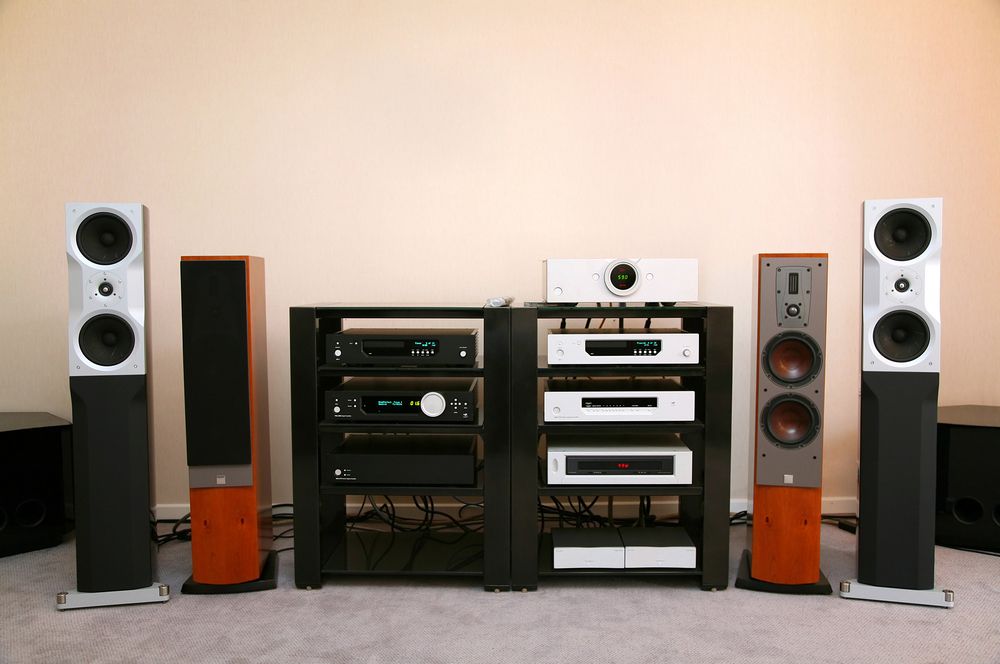
Before the 21st century, the concept of an in-house recording studio was the stuff of celebrities and professional musicians. Nowadays, many people produce audio and video content at home. Recording technology is much more accessible, and there are many new uses, such as producing YouTube content, podcasts, and animation voiceovers. Here are a few ways for non-industry media producers to use flexible polyurethane foam to improve their content by enhancing their recording spaces.
Make Some Noise
Acoustic foam is different from everyday packing foam; Canada Foam by Mail and other sites offer detailed guides describing each type and shape. In general, acoustic foam alters the way sound waves are affected by the room. That means you should prioritize clarifying the sound by reducing echo and reverb, and using wedges and panels to diffuse the sound evenly. No guide will be perfect, so think about the range of frequencies and volumes you will be recording and optimize accordingly.
Fine-Tuning
Every room is different and will benefit most from individual attention. Unlike closed cell foam, Canada Foam by Mail uses open-cell acoustic foam that is light enough to hang anywhere. Trial and error will be your friend, so take a sample recording every few changes to see what you like and don’t like. For example, if you mostly do voice acting, you will want to capture your own vocal range as clearly as possible and prevent sound from reflecting back into the microphone.
Bio: Foam Factory, Inc. is a foam and rubber product manufacturer which has been operating out of Southeast Michigan for more than 30 years. Visit them online to browse their selection and read guides at www.thefoamfactory.com/.